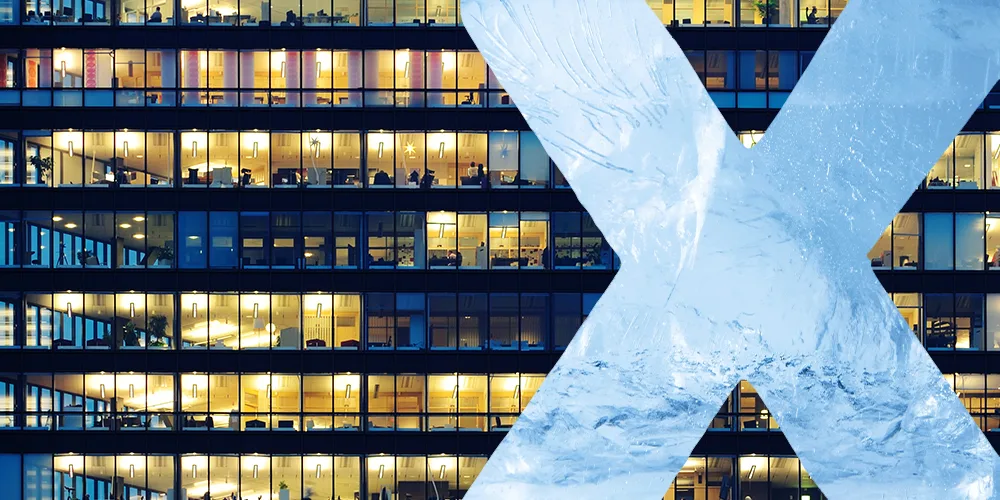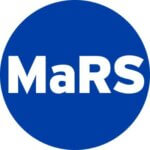Home » Chill Solutions: Staying Cool Sustainably
Chill Solutions: Staying Cool Sustainably

The increasing heat globally is driving the reliance on air conditioning (AC), which paradoxically contributes to rising temperatures, as AC and refrigeration together generate about 10% of global greenhouse gas emissions—more than air travel. With anticipated demand for AC growing by 40% in the next five years, experts are exploring innovative and sustainable solutions to mitigate this cooling paradox.
In a recent episode of "Solve for X," host Manjula Selvarajah engages with experts examining various strategies for cooling urban environments. Among the highlighted experts is Daniel A. Barber, an architecture professor whose work emphasizes how architects can adapt to warmer climates. At an architecture symposium in Venice, Barber showcased an interactive installation, “Terms and Conditions,” allowing visitors to experience the discomfort of AC waste heat, highlighting the need for solutions in urban climates.
Selvarajah discusses the urgent need for sustainable cooling methods with David MacMillan, a manager in Toronto's low-carbon innovation team, who emphasizes that while AC is crucial for health and comfort, it significantly contributes to energy consumption. MacMillan notes that demand for electricity will double by 2040, largely due to cooling needs. He also highlights the inequity of AC access, as many vulnerable residents in high-rise buildings often lack adequate cooling solutions.
Toronto's innovative approach includes tapping into Lake Ontario for deep lake water cooling. This system utilizes cold water from the lake to cool around 100 buildings in the downtown area, effectively reducing peak electrical demand significantly. Cameron Leitch from Enwave Energy Corporation explains how their infrastructure allows for district cooling, sharing resources among multiple buildings. The system maximizes efficiency, reducing the need for conventional cooling plants.
Despite its success, deep lake cooling has limitations and cannot be implemented everywhere. MacMillan sees future potential in technologies like heat pumps that utilize ambient energy sources for heating and cooling. Additionally, they are exploring wastewater energy, leveraging the consistent temperature in sewers to reduce reliance on natural gas.
The episode also addresses humidity, a significant challenge for cooling. Traditional methods using vapor compression can be energy-intensive and inefficient. Evelyn Allen, CEO of Evercloak, introduces a transformative membrane technology designed for dehumidification and evaporative cooling without harmful refrigerants, aiming to reduce reliance on traditional HVAC methods.
Architectural discussions led by Barber point toward the need for a paradigm shift in how society interacts with cooling technologies. He posits that not only should we focus on technological fixes but also on rethinking our thermal comfort desires. Suggestions range from adjusting work hours to accommodate cooler temperatures to broader societal changes, urging a focus on equity and environmental impacts.
Overall, strategies for addressing urban cooling must encompass innovative technologies, sustainable practices, and a holistic reevaluation of societal approaches to climate comfort.
MaRS Discovery District
https://www.marsdd.com/
MaRS is the world's largest urban innovation hub in Toronto that supports startups in the health, cleantech, fintech, and enterprise sectors. When MaRS opened in 2005 this concept of urban innovation was an untested theory. Today, it’s reshaping cities around the world. MaRS has been at the forefront of a wave of change that extends from Melbourne to Amsterdam and runs through San Francisco, London, Medellín, Los Angeles, Paris and New York. These global cities are now striving to create what we have in Toronto: a dense innovation district that co-locates universities, startups, corporates and investors. In this increasingly competitive landscape, scale matters more than ever – the best talent is attracted to the brightest innovation hotspots.


